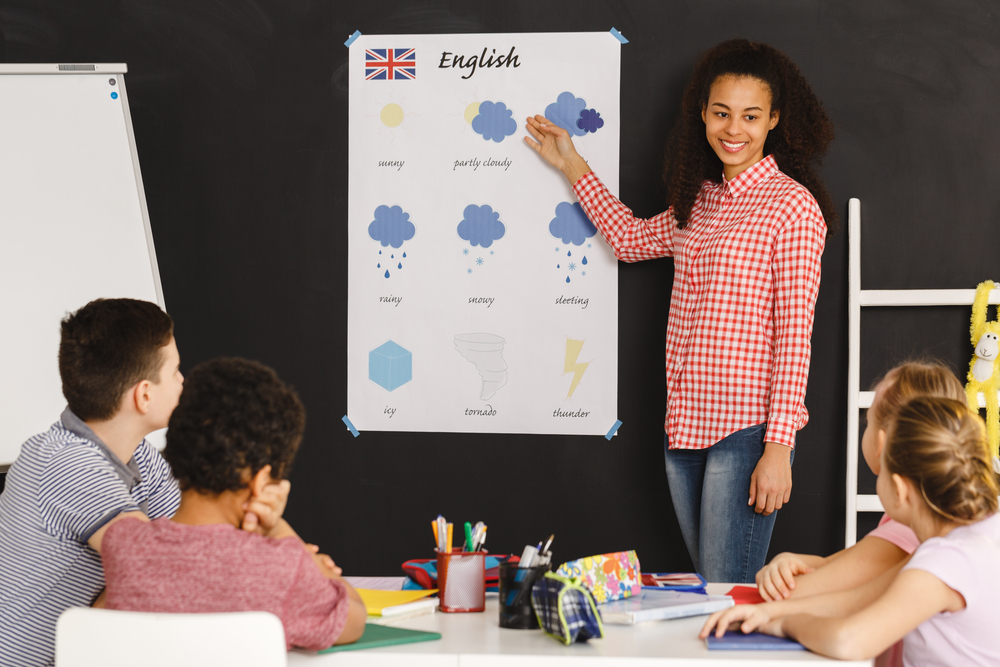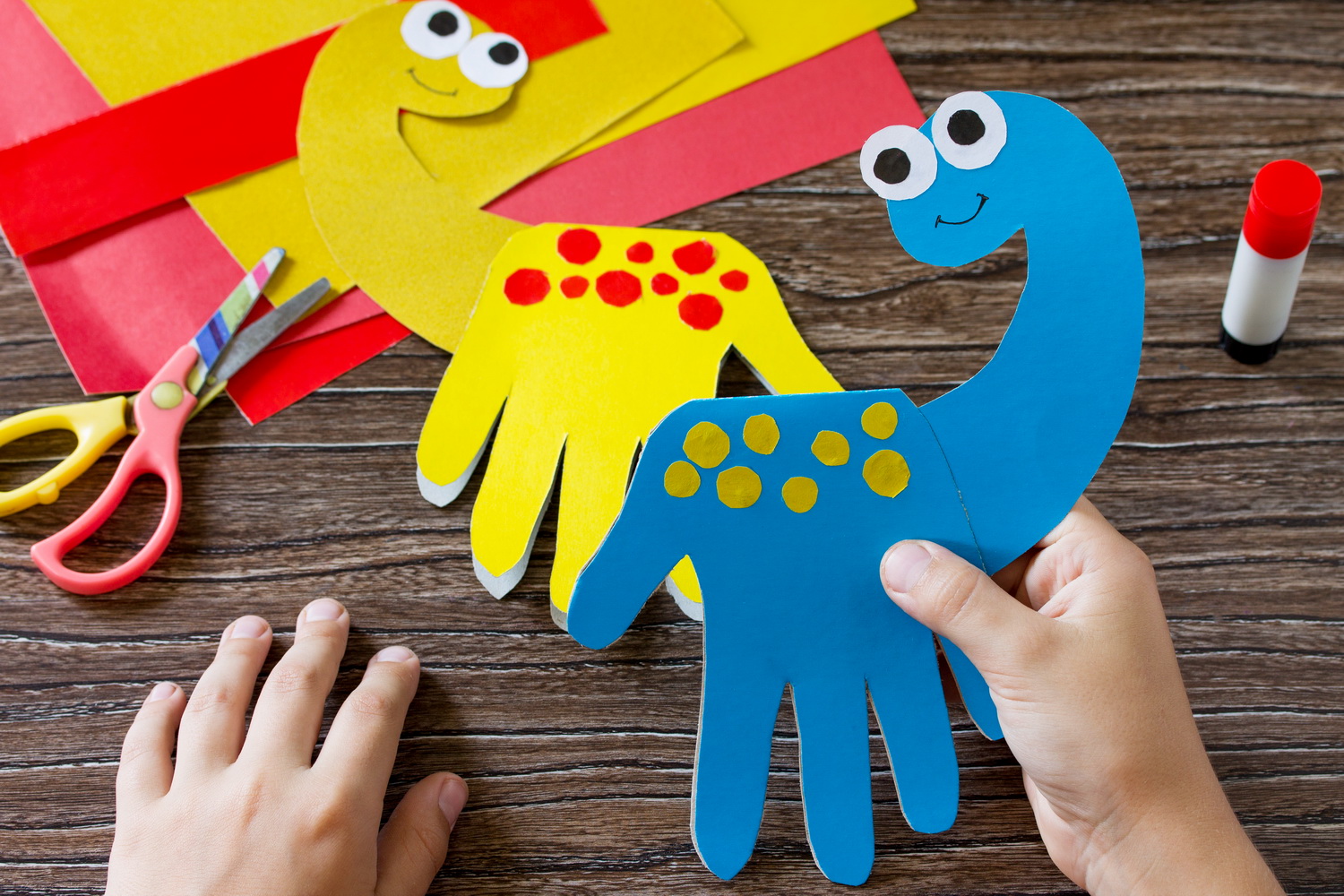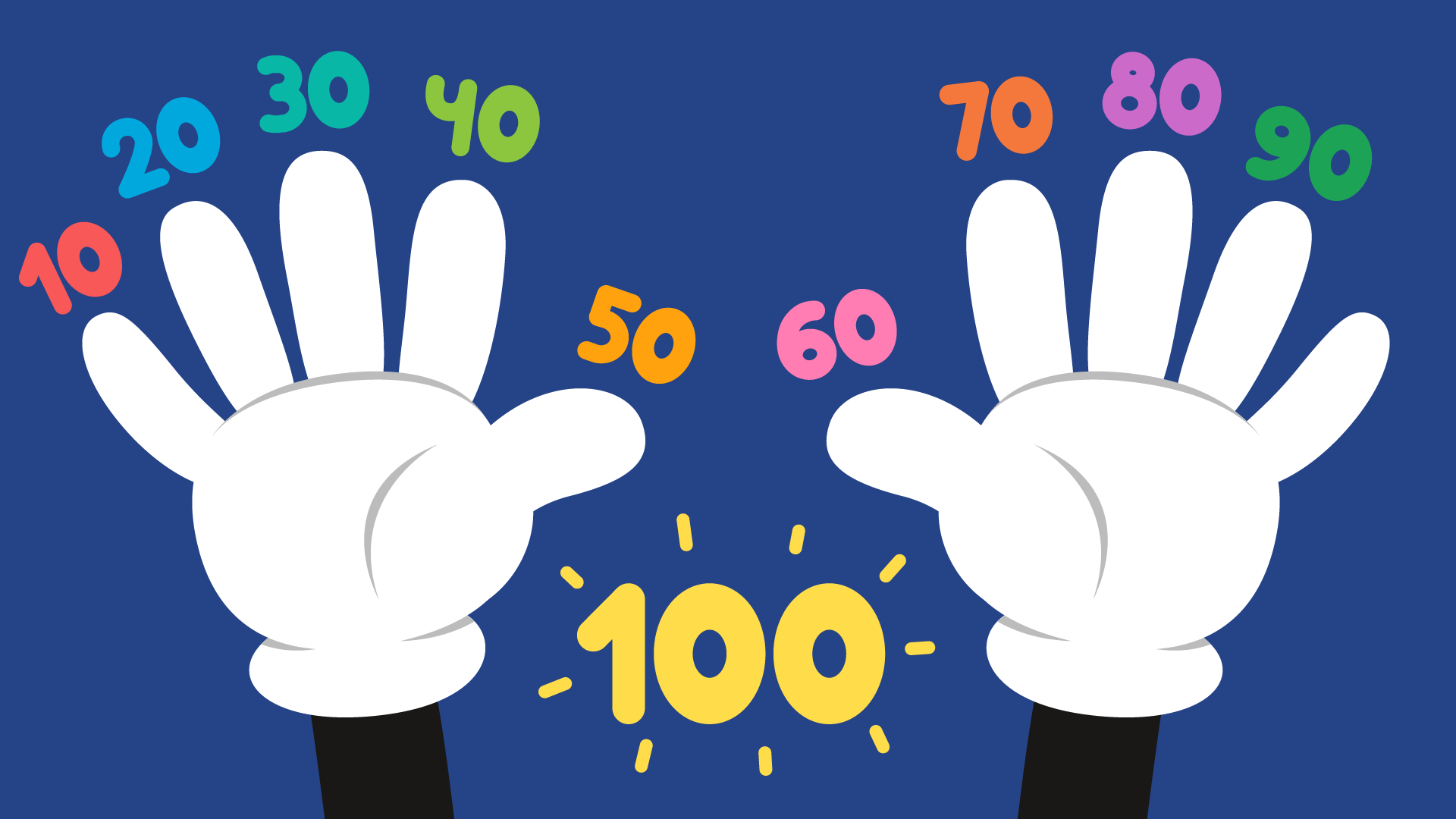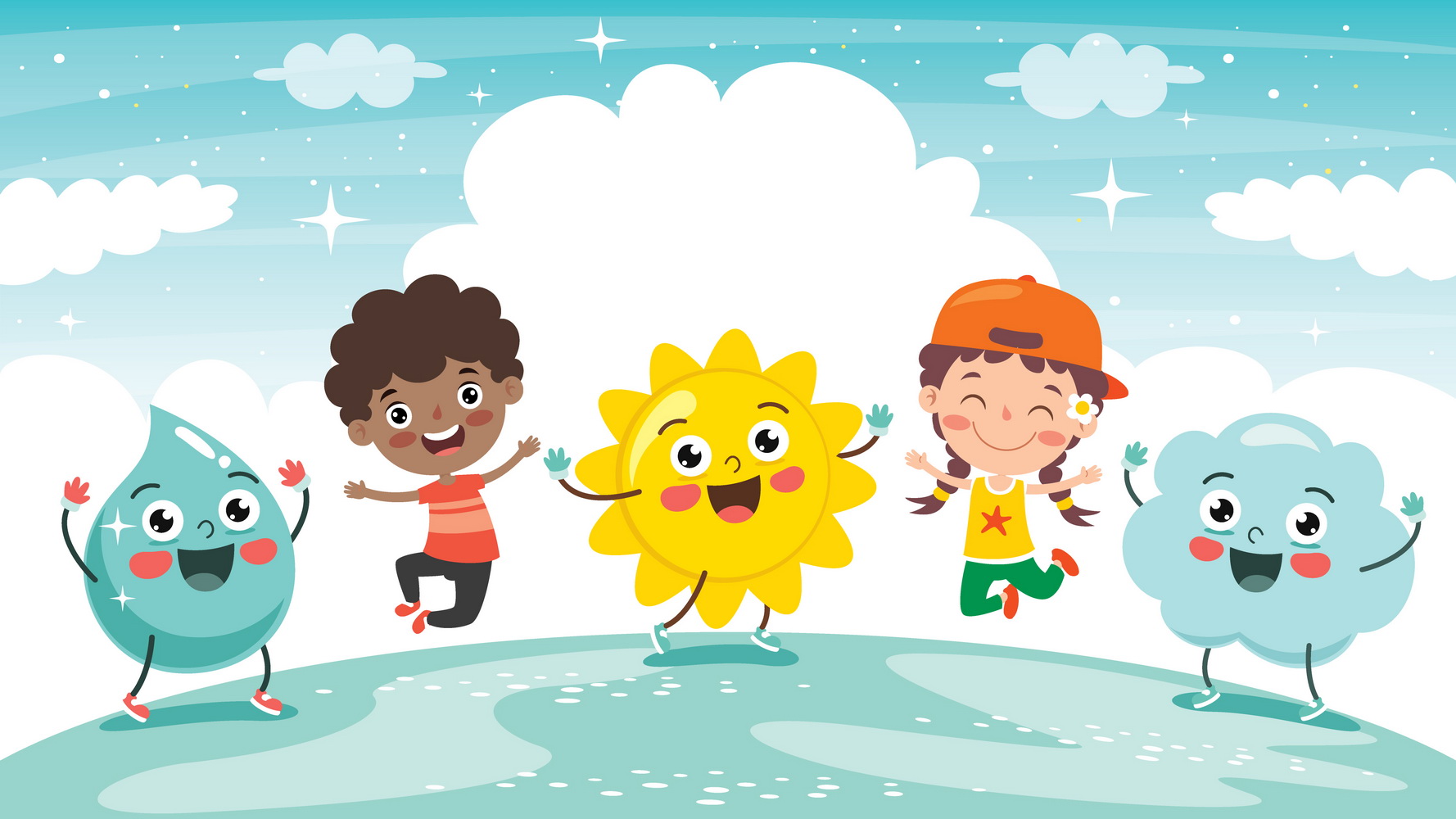Key Approaches and Activities to Increase Counting Fluency
April 7, 2021
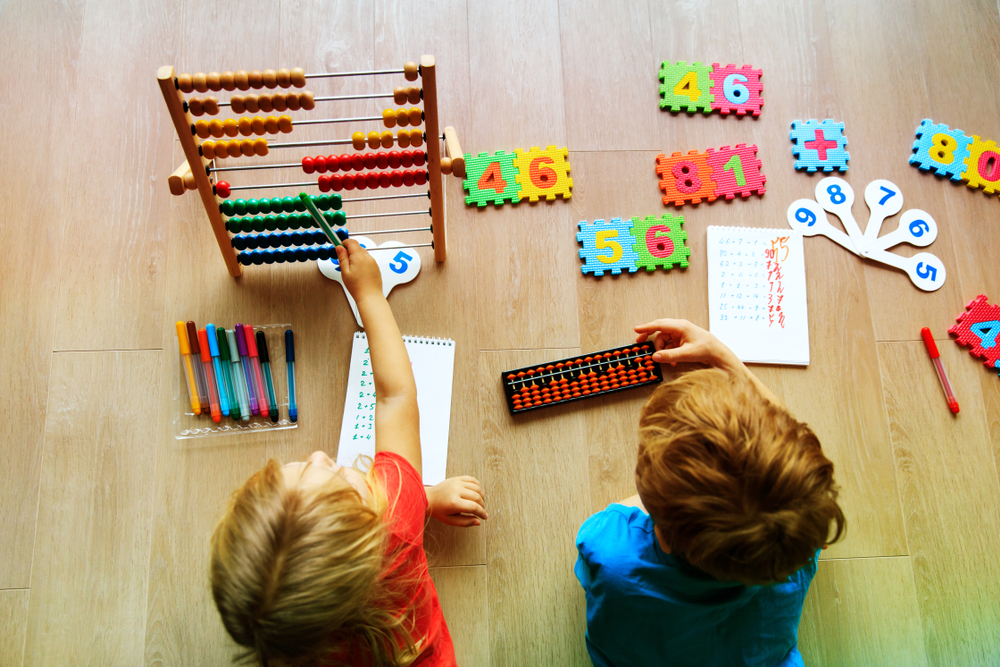
When it comes to developing number sense, the very first step is to help our earliest learners build a solid foundation in counting fluency. While there is no shortage of children’s books and TV programming designed to help preschoolers learn to count, real fluency must be taught and practiced consistently to set children up for later math success.
So, what can parents do at home to make counting easier and faster? First, we’ll set a few ground rules as to the best ways to teach kids to count through a variety of short and engaging activities. Then we’ll explore the best strategies that parents can use at home to support their child’s math learning and poise them for success.
Best Practices for Implementing Counting Fluency Activities
Before discussing specific activities to use, it’s important to think about the characteristics of strategies we use to ensure that they are meaningful. There are several key components that make up successful counting strategies that teachers use in their own classrooms. In general, before selecting and implementing counting activities, keep in mind the following:
- Keep games and activities short and sweet, but do it often. Little learners, especially preschoolers, have an extremely short attention span! It is often said that kids can generally be expected to stay focused for two to three minutes per year of their age. For example, an average four-year-old may be expected to stay on task for somewhere between eight and twelve minutes!
With that in mind, it’s critical that any chosen activities be kept to small, manageable doses. To ensure that enough practice is taking place, try to include counting activities every day, and create a routine so kids know that it is a priority to learn. By keeping games short, and practicing often, early learners will have ample opportunities to improve fluency.
- Go beyond mere memorization. Drills and memorization techniques are indeed important tools when teaching children to learn and use mental math, but it shouldn’t be the only strategy offered. Go beyond the drills by offering hands-on activities that allow them to count by viewing and handling objects. For example, help your child to count coins, which are easily found around the house, and relate to a real-world math.
- Mix it up! Rotate activities often. It’s always a good idea to keep a few tricks up your sleeves when it comes to math activities to use with your children. Consistent practice is needed, but it can get repetitive and monotonous if the same activity is used day after day. Be sure to find several ideas, starting from those offered below, to any that you may online. Use sites like Pinterest, TeachersPayTeachers, or simply conduct a few Google searches to find more ideas for exciting and enriching counting games.
- Make activities interesting and enjoyable. This probably goes without saying, but to keep a child’s attention for any amount of time, the practice they complete must be gamified and fun. Students begin to associate school with hard work and chores much too early in their educational career, and kids as young as preschoolers should find learning enjoyable and positive. Be sure to find activities to utilize hands-on objects and use brightly colored manipulatives designed to attract a child’s attention.
- Keep it small, and don’t forget to utilize number lines. While it might be tempting to teach a kid to count to 100 right off the bat, students must build fluency based upon their conceptual understanding of numbers, or numeracy. Before setting lofty goals of counting to the highest number possible, use number lines as one technique to reinforce your child’s number sense. Number lines are invaluable visual aids that assist in understanding how numbers work by allowing children to count both forwards and backwards. Once kids have mastered using number lines to count smaller numbers, move on to counting to higher place values, and skip counting.
Fun Ways to Increase Counting Skills
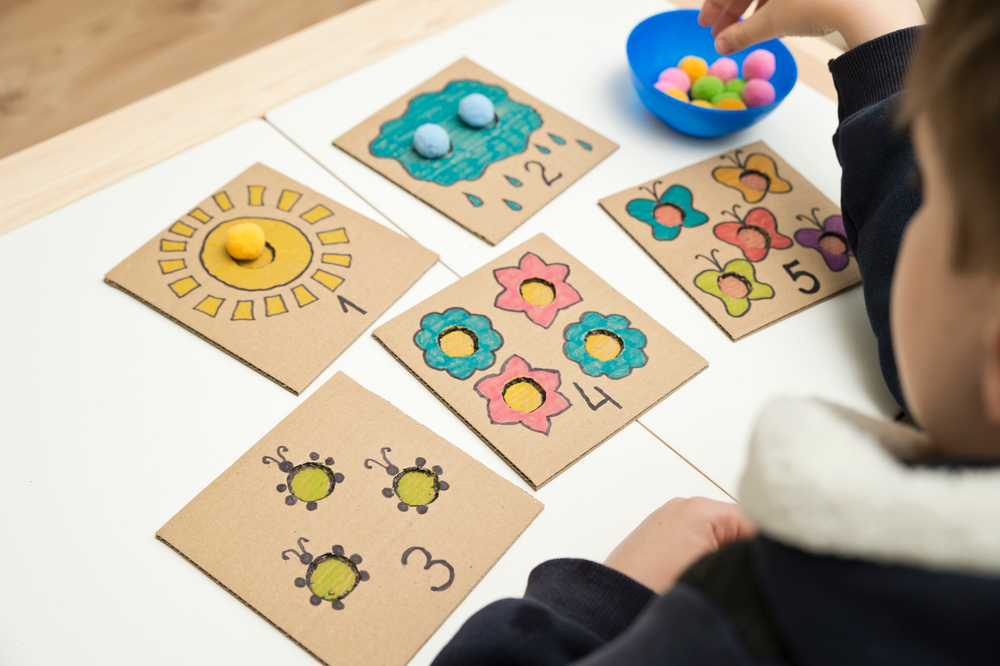
Now that we understand the characteristics of successful counting activities, specific methods and games can be chosen to tailor a plan best suited for your learners. Consider the following when planning counting activities:
- Use Singapore Math Strategies
Singapore Math is an internationally acclaimed strategy that is highly effective in building a child’s number sense and early math skills. It focuses on building mental math capabilities through concrete, often visual, depictions of numbers and methods of problem-solving. At a preschool or kindergarten level, for instance, children may practice with activities that allow them to recognize a group of objects and know the number based upon simply looked at the group of items.
When planning for activities, choose hands-on manipulatives that can be spread out to make a visual depiction of numbers. For instance, use colorful pom poms, or dried corn kernels, and set them up in groups, and allow children to learn to analyze them quickly to recognize how many there are in each group. Worksheets for kindergarten are also great for increasing counting fluency.
- Montessori Inspired Ideas
Montessori activities are a self-based and holistic option to help children explore math and counting using hands-on manipulatives. What makes it different from other approaches is the self-driven method of the activities. While adults may set it up and guide kids through it, it’s up to the learners to get started and see it through to completion.
To plan an activity, be creative! A variety of materials may be used, so make a collection of similar objects, preferably those that are bright, colorful, and easy to handle and count! The general idea is to mark down the numbers you would like children to count to, beginning with 1-10. Spread this out on a desk or table area, and write down the numbers in a row, leaving space underneath for students to count out their items. Task them with counting out each number of objects that represent the written number and place it vertically underneath each number. Not only will children count each object, but they will have a visual example of quantity for each number!
- Dice Games
Dice games are an excellent way to practice counting, as many games can be devised and played to keep activities varied and fun! Try the following dice games to help little learners build counting skills:
- Number Roll and Match. For this game, plan to use somewhere between five to ten dice- your choice! Players roll the dice all at the same time, looking for matching numbers. For instance, if two of the dice show the number 2, it’s a pair! Pick up those dice and remove them from the game. Keep rolling until children find more matches, removing them as they go along. Keep playing until all the dice are gone!
- Dice Color-by-Number. Print out a coloring page and write the numbers children are counting to (for instance, from 1-10) inside the picture that is to be colored. Have kids roll dice and find that number on their sheets, coloring over it with their choice of colors. If subsequent rolls produce a number that was already colored, simply encourage children to roll again. Keep going until the entire picture is colored!
- Dice War. War is a popular card game that almost everyone has played before. In this version of the game, players use dice instead of playing cards! While multiple dice can be used, just like in the card game, if the number of dice you have is limited, create tokens or use counters. To play, for each turn, players slide a token towards their teammate. Together, both players roll the dice; the person with the higher number takes both tokens, theirs and their teammate’s. If the players roll a tie, they slide another token towards their opponent and roll again. The player with the highest number takes all four tokens! At the end of the game, which can be after a set number of turns, or when one player runs out of tokens, the player with the most tokens wins!
- Number Roll and Match. For this game, plan to use somewhere between five to ten dice- your choice! Players roll the dice all at the same time, looking for matching numbers. For instance, if two of the dice show the number 2, it’s a pair! Pick up those dice and remove them from the game. Keep rolling until children find more matches, removing them as they go along. Keep playing until all the dice are gone!
- Money Games
Teaching kids to count money is an important concept to cover, as it applies to real-world math. Though the youngest of learners may still be mastering counting by ones, these students can still use pennies or dollar bills to practice. Create a simple game by finding something around the house to “sell”. For instance, pull out some pieces of candy and set a price per piece.
Giving players an allowance of money, teach children to count change and set out the correct amount of money to “buy” the candy. For older kids, play the same game, but this time give them a variety of different coins and bills. Allow them to count the amount needed, or challenge them to determine the change they would make if they pay using a greater amount of money!
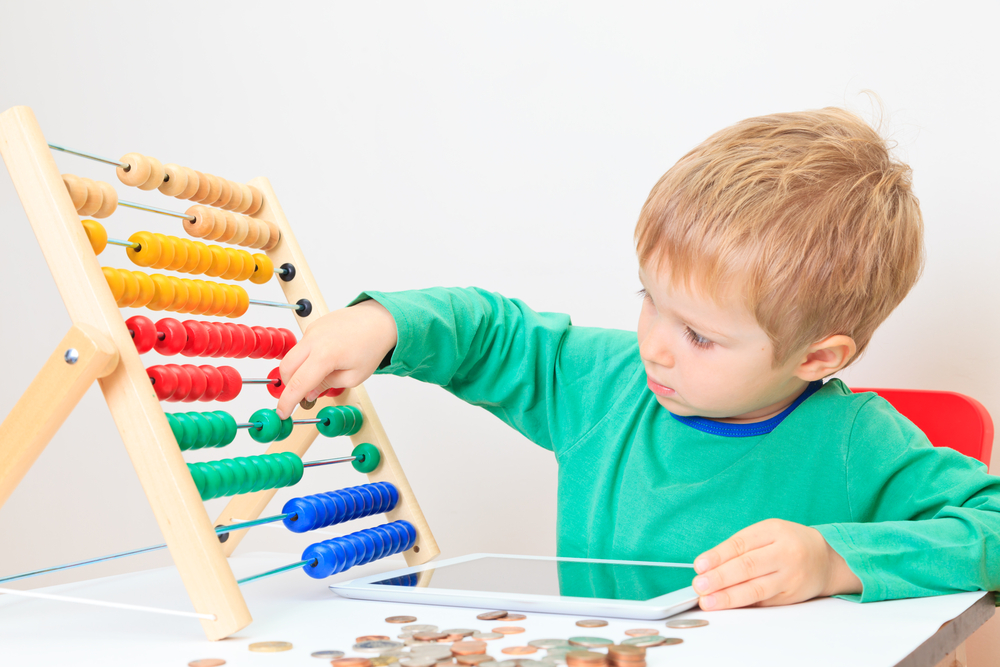
As mentioned earlier, teaching kids to count is just the first step in many when it comes to setting kids up for math success. In fact, it goes far beyond learning to count, since children must build fluency and number sense in order to complete higher level math problems quickly and with ease. Be sure to keep the above best practices in mind when practicing counting at home with kids. When ready, utilize the activity ideas mentioned to build a plan-of-action; supplement your child’s learning with exciting counting games and activities that will boost their math fluency in no time!


